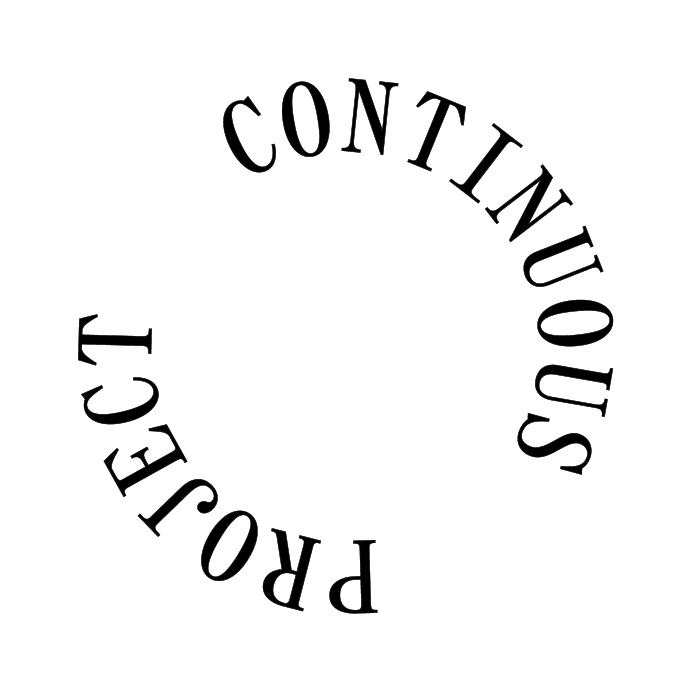Will prices published online damage the market for my work?
Dear CP, I have been in contact with someone who offered me one of my first shows out of graduate school. In the years since, they closed that gallery and opened a new space that appears to specialize in the secondary market. They have posted some of my works purchased either directly from my studio or for another seller on Artsy. Normally I would not mind this, but the pieces have been dramatically discounted. After I requested that they mark the prices as “available upon request,” they further lowered the published prices. I am no longer represented by a gallery and do not have the option to buy the work back myself. I fear that the prices the dealer has published on Artsy will damage the price structure I’ve worked to stabilize and build upon over these last seven years. So, do I just sit tight or get more aggressive? XOXO
First of all, I’d like to say that this dealer’s refusal to change the listed price to “available on request” followed by their further reduction of the already discounted price is a blatant—and just plain mean—display of disrespect for you and your work. I’m sorry that this happened to you. To get right to the heart of your question, I recommend that you sit tight. Here’s why.
From what I’ve observed in my years in the art world, the majority of art purchased directly from artists and from galleries remains with the initial buyer. But some people purchase art as a way to park cash, betting (however wisely) that the sale of the work will yield dividends down the line. Since a very, very small number of artworks do become outlandishly valuable in financial terms, the secondary market gets a lot of attention, both within the art world and in the culture at large. While some in the art world get giddy as zeros pile up at the end of auction prices, for many artists, the secondary market as a concept and a reality can cause a good deal of consternation: Artists (almost) never see any of the direct upside from auction sales, and those whose prices rise precipitously can experience a disproportionate burden of the consequences if their prices on the secondary market plummet. Though both of these scenarios are possible, the vast majority of artists are operating at price points where variations on the secondary market aren’t going to have such extremely ebullient or catastrophic impacts on their careers and livelihoods.
I think it might be useful to address the idea of an artist’s market more broadly here. The market for an artist’s work includes several factors in combination: current pricing, as well as who is setting that pricing, who is the seller, and who is buying; past sales (the prices of past sales, who made them, and who bought the work); what kinds of sales channels are in play; whether and for how much and how many times an artwork sells on the secondary market, both privately and publicly; how prolific an artist is; how much work is on the market, both primary and secondary; whether the artist’s work is held in significant private or public collections… What I’m getting at here is that “the market” is a field that includes multiple sales channels and contextual considerations. I think that even though these artworks are posted on Artsy at a lower price than what they would be if they were on exhibition for the first time in a gallery, it’s only one factor among many and is a minor factor in the overall market for your work.
Could you get more aggressive with the dealer in question? I don’t see a path forward there that would benefit you. Once the first buyer has purchased an artwork, they are free to hold on to it or to sell it, as they please. In this way, works of art are no different than other consumer products, even though they might have a quite different cultural value. Some terms of sale include right of first refusal, which we’ve heard more and more about in recent years (and is, in my opinion, an important topic to continue collectively discussing), and it’s generally good etiquette for a collector to offer the work back to the artist or gallerist from whom it was purchased. But if you don’t have the resources to buy the work back into your own inventory, then it’s up to the owner of the work to go elsewhere. There have been efforts made to create a legal framework for artists to receive a percentage of all future sales of any work that is sold, but at least in the US, these initiatives haven’t gotten very far. As far as I’m aware, artists do not have any legal standing that would have an impact on the dealer in question; the dealer is free to sell the artwork you made for whatever price they think they can fetch. We’ll see how new discussions around artist contracts and blockchain provenance inform the distribution of resale proceeds over time. I hope things move more in favor of the artist in the future.
I ran your question by a veteran gallery director and current creative strategist, and we agree that letting this go is your best option. It sounds like you have a lot of your career ahead of you, and you seem to have built a good foundation for the market for your work to grow. I think further communication with this dealer will only bring more anxiety for you. Instead, I’d recommend focusing your energy on making your work and building positive relationships that will offer your next opportunities for more exhibitions and sales. Anyone who believes enough in you and your work will overlook a few off-kilter prices posted on Artsy.
